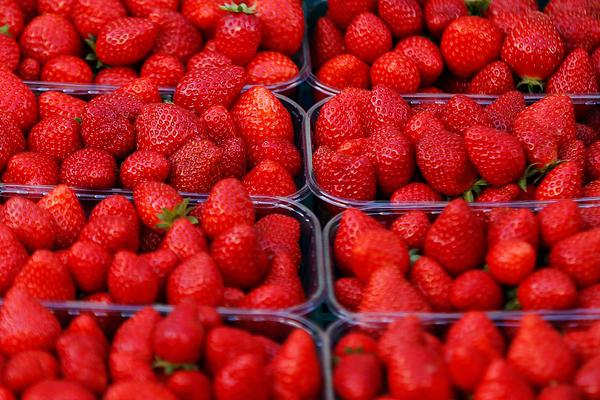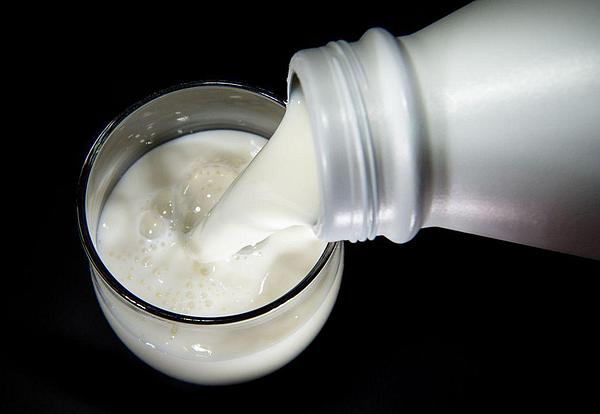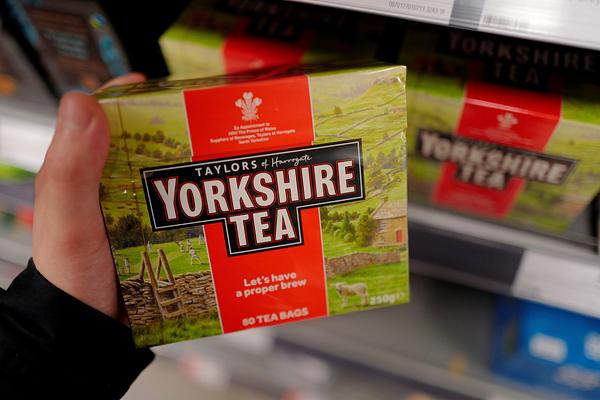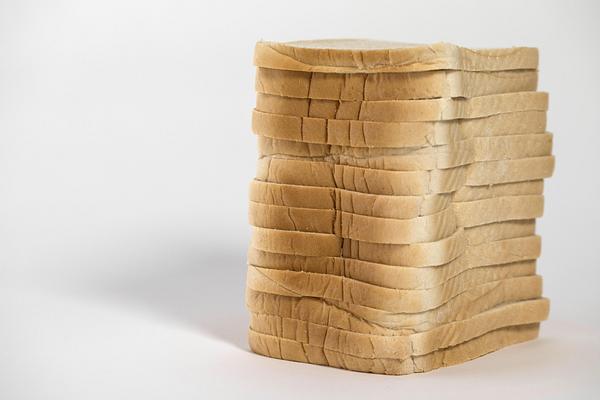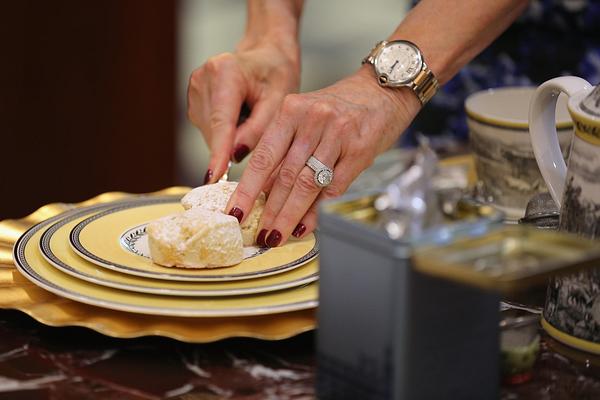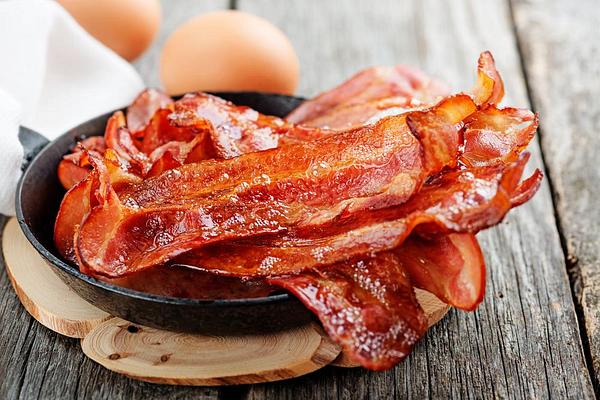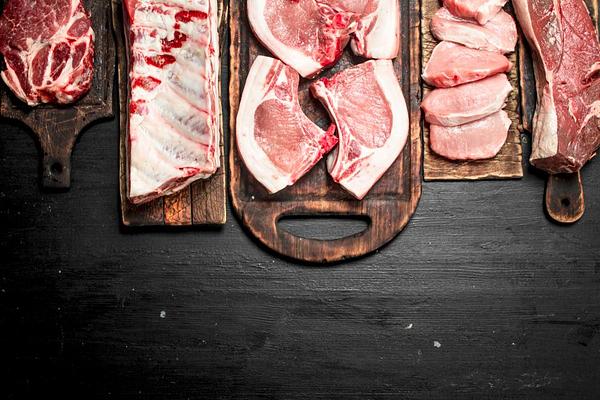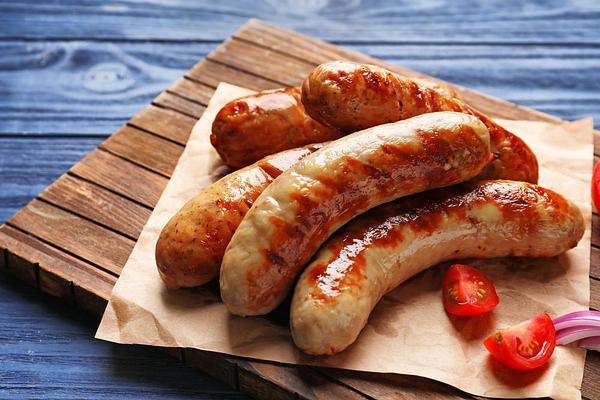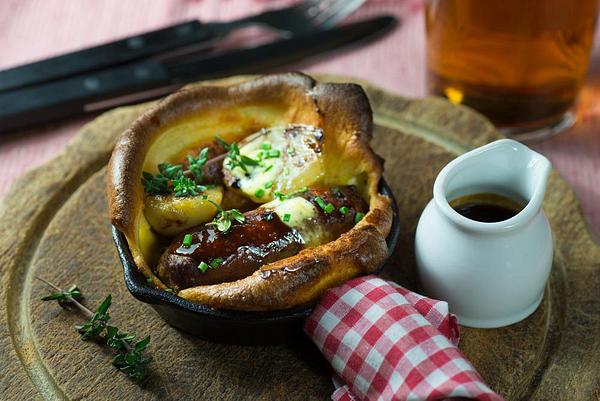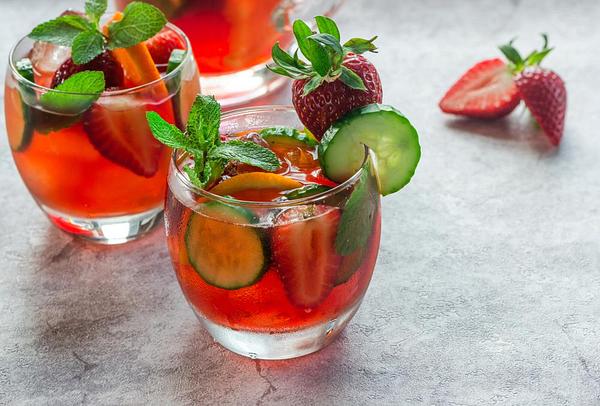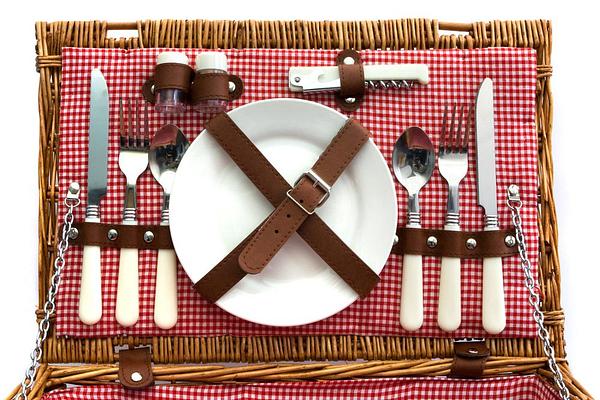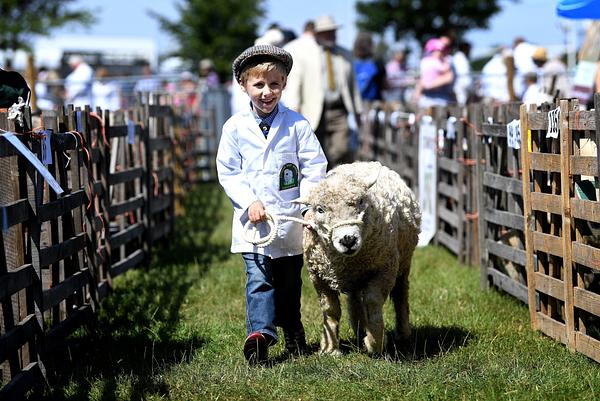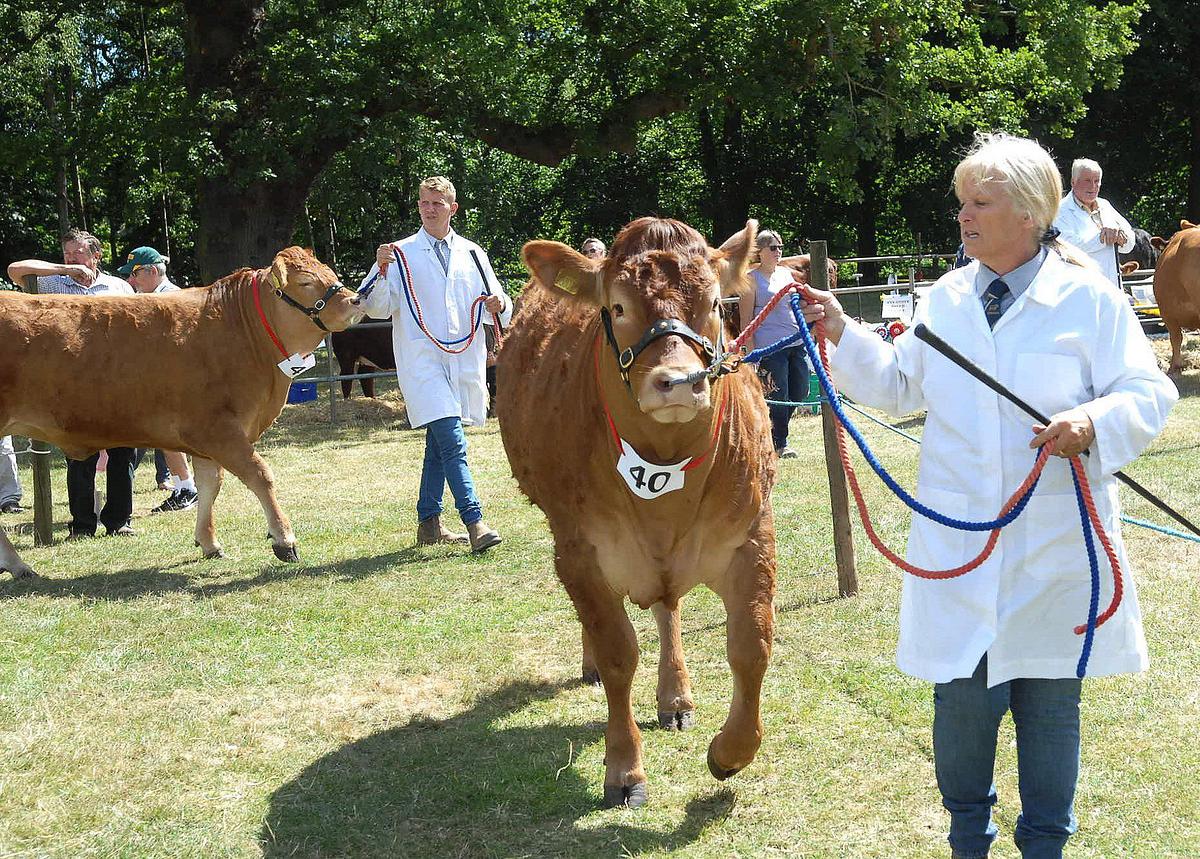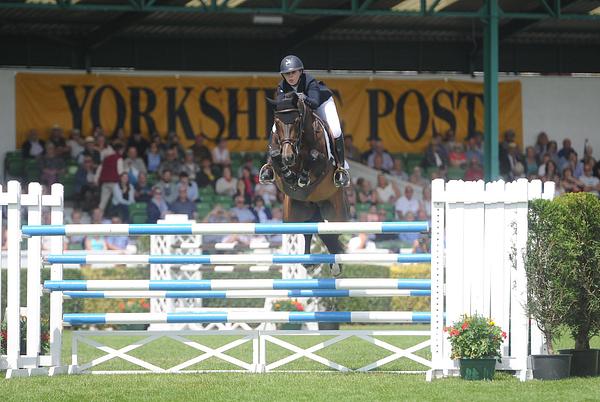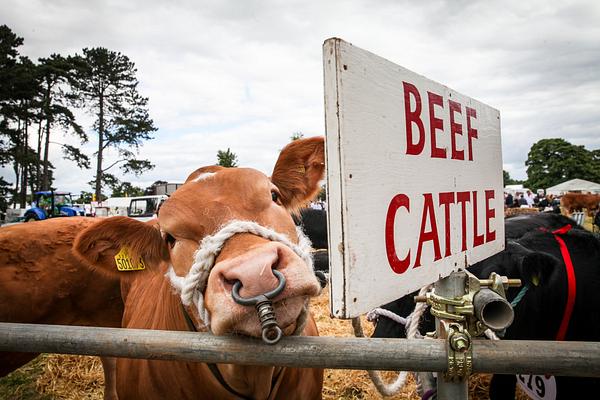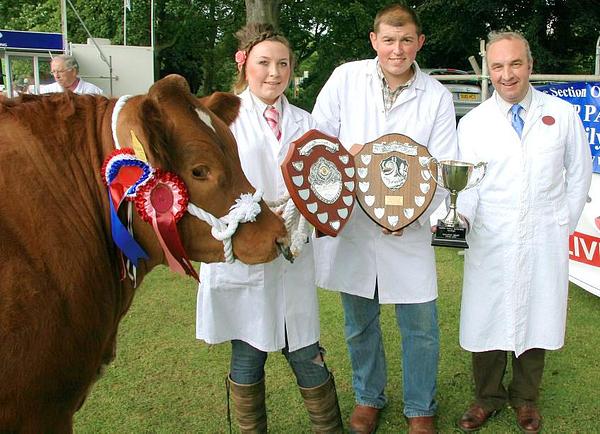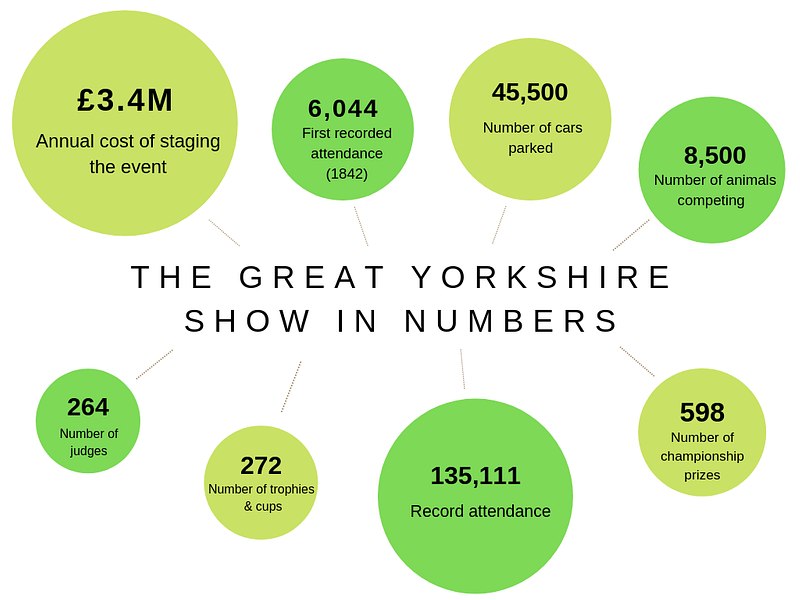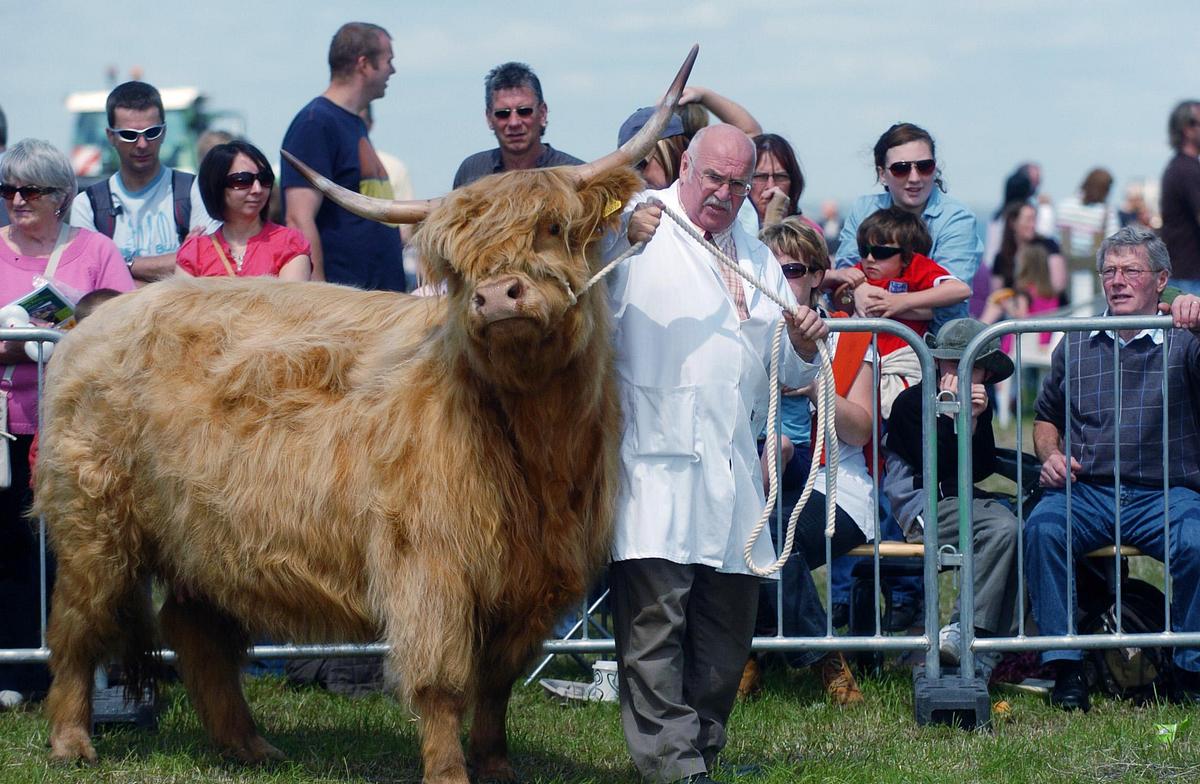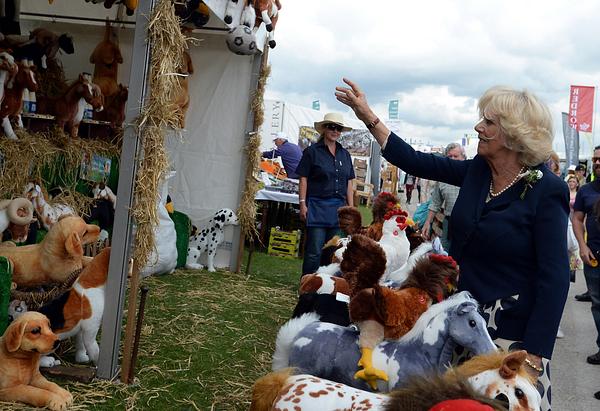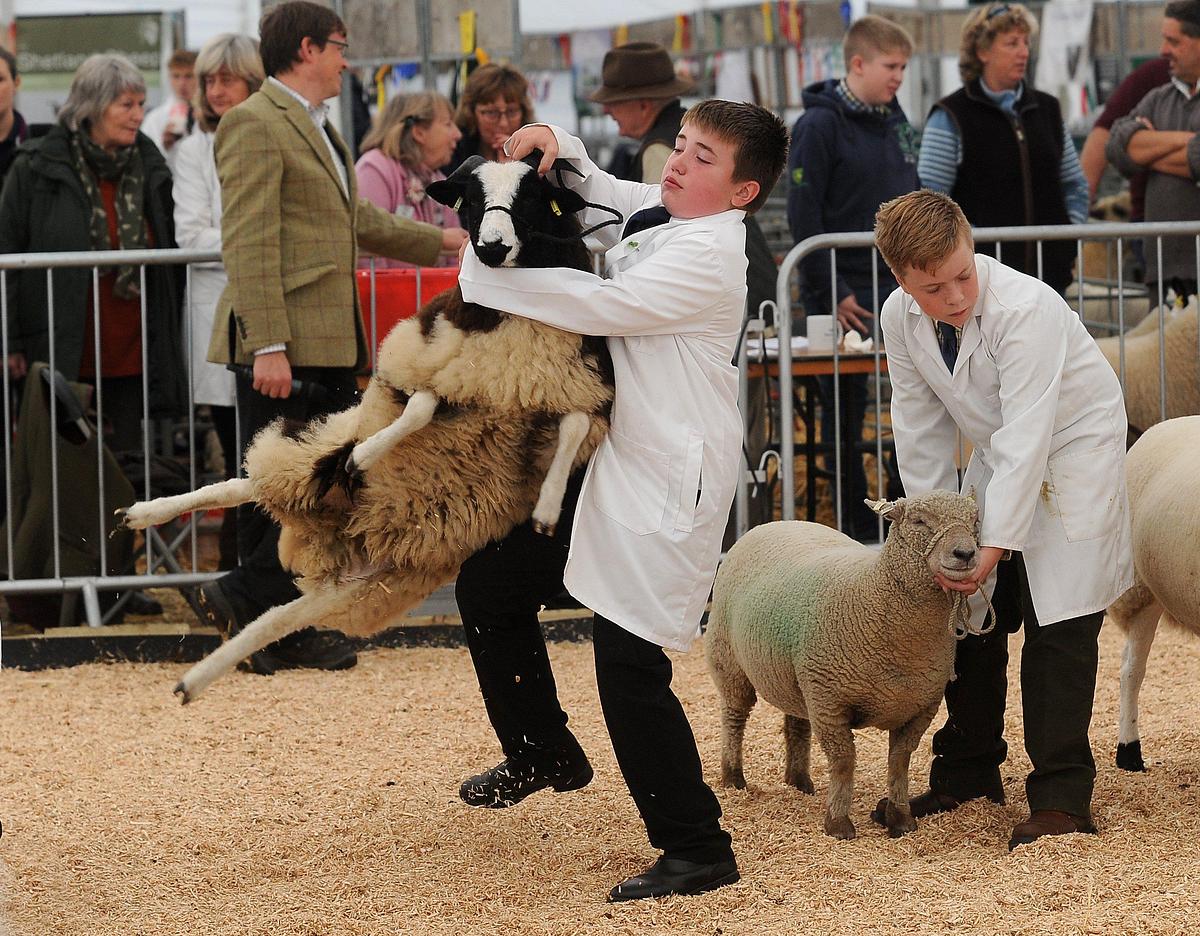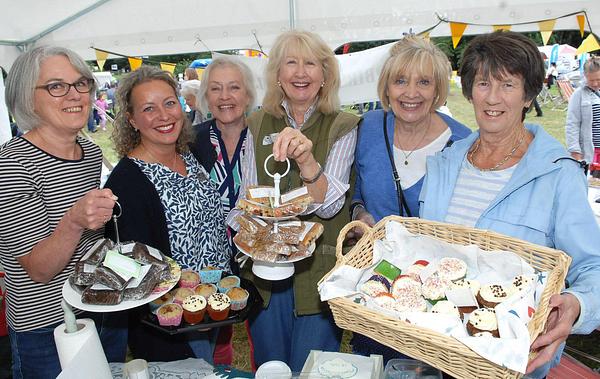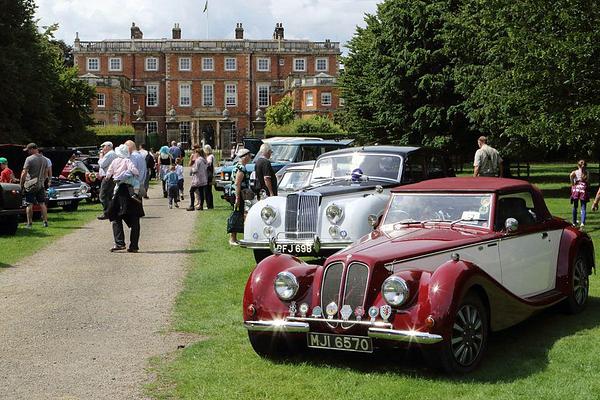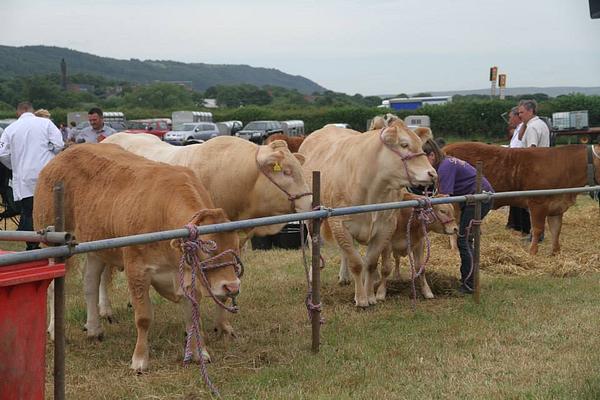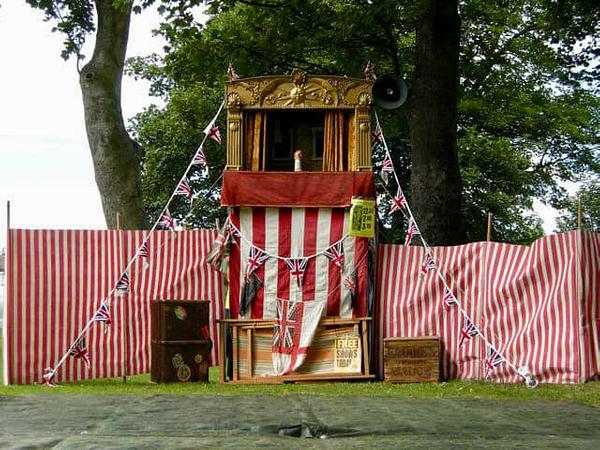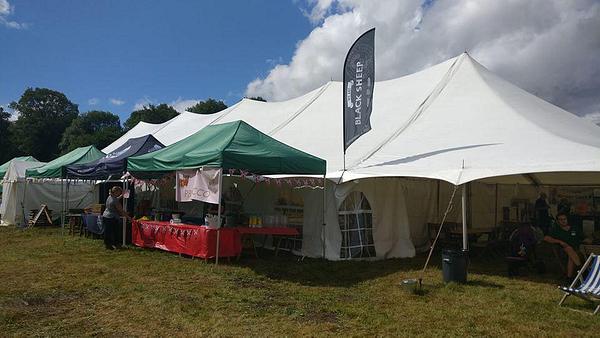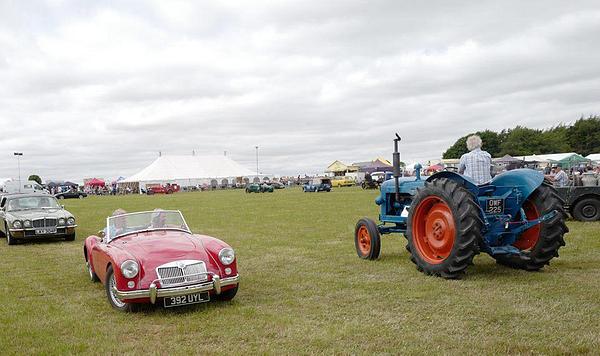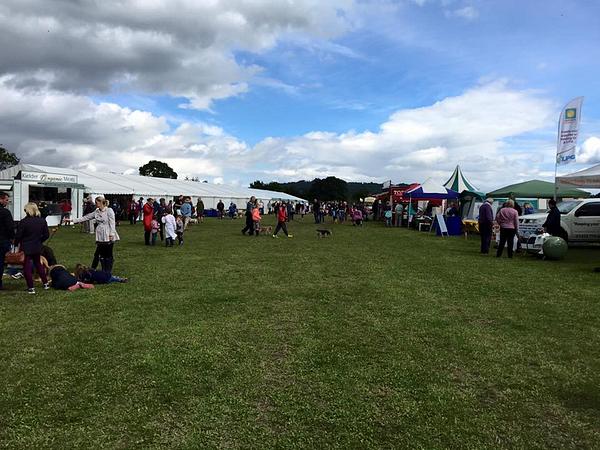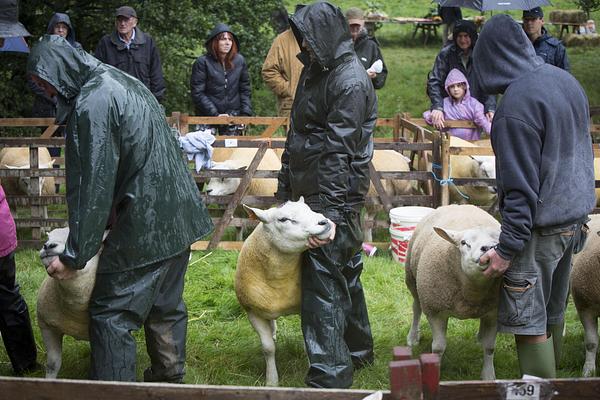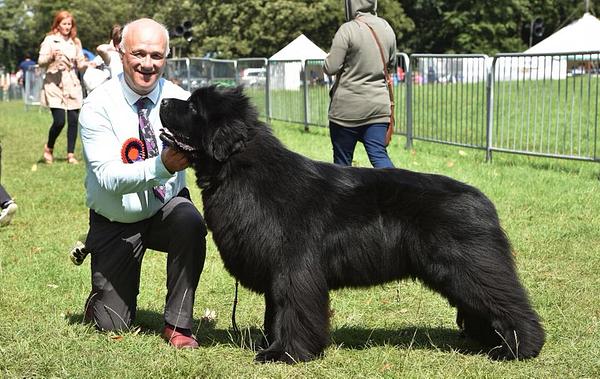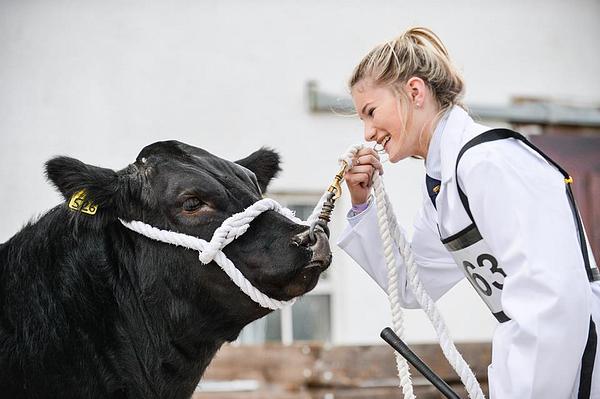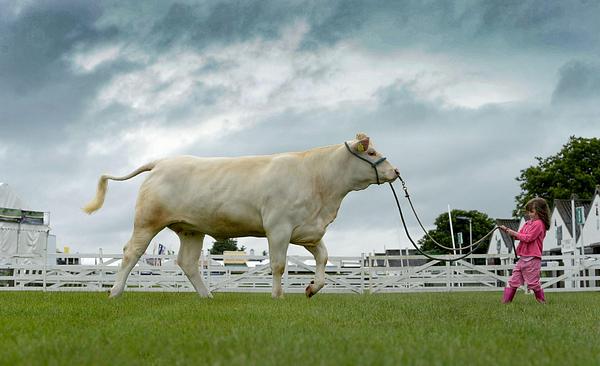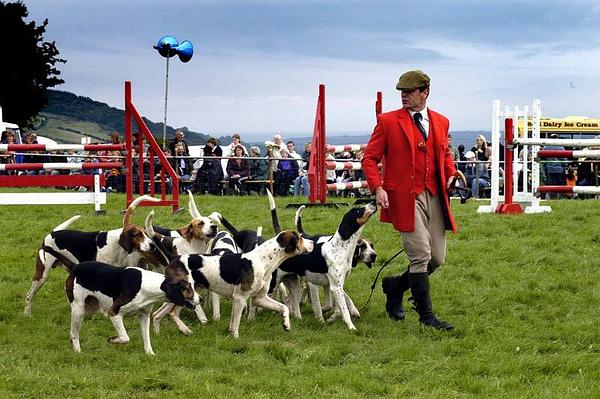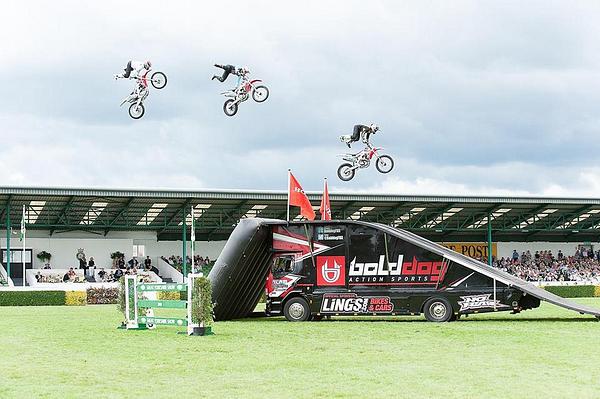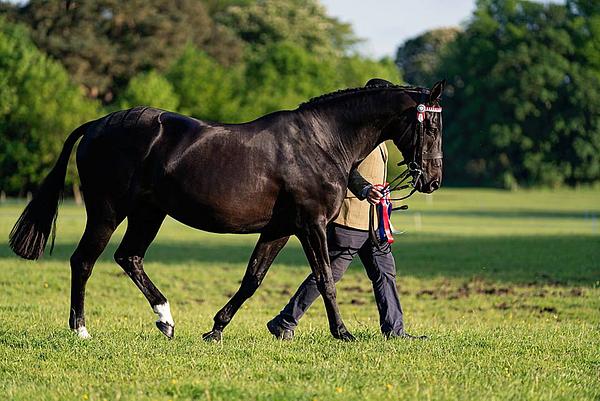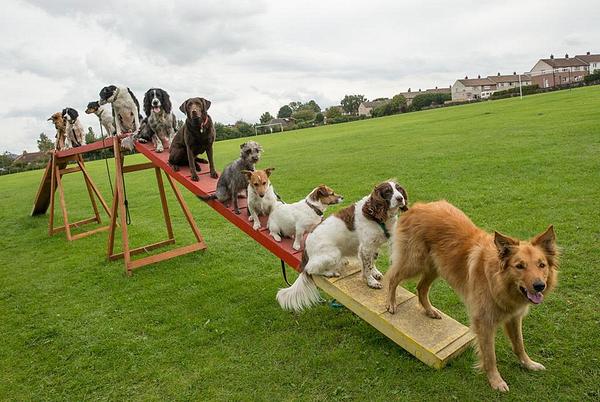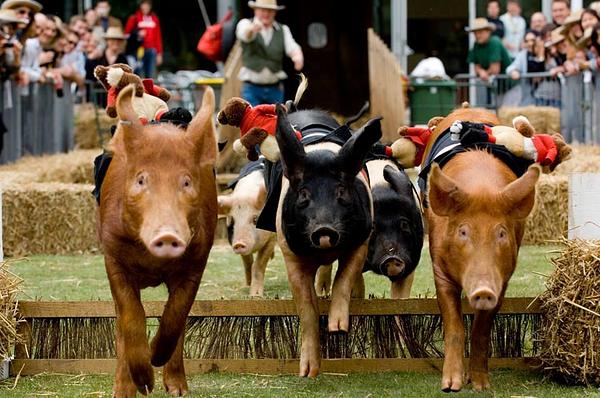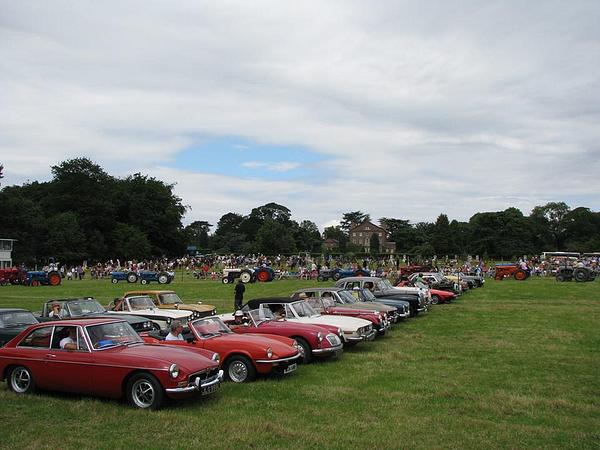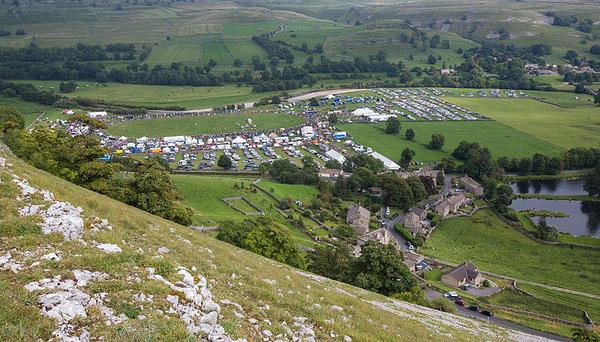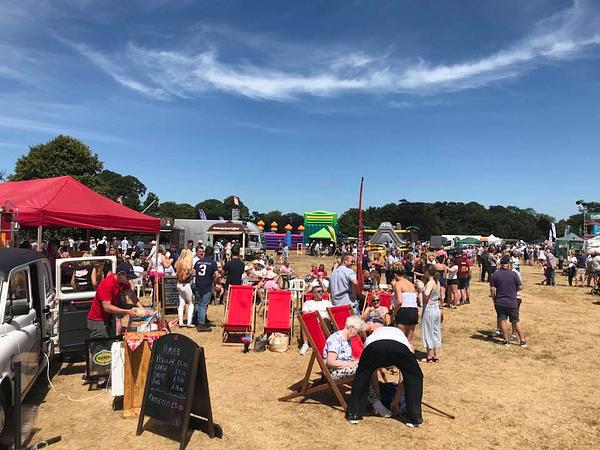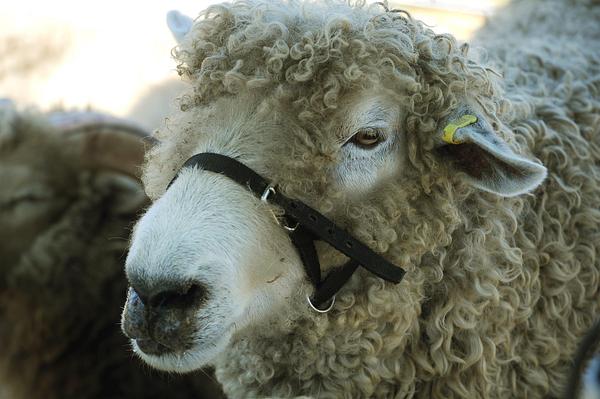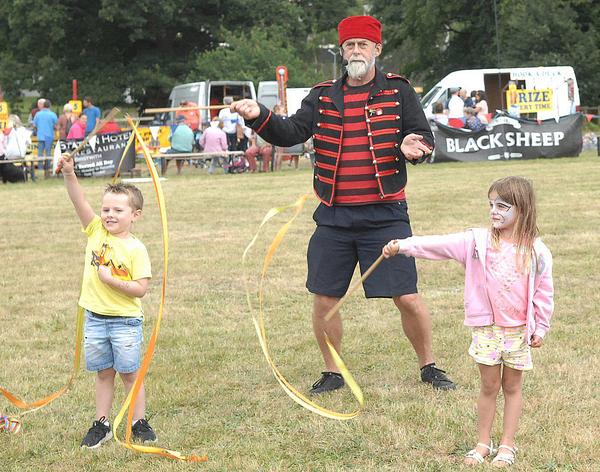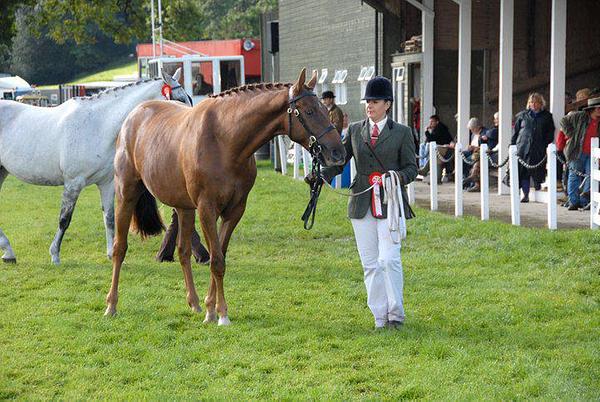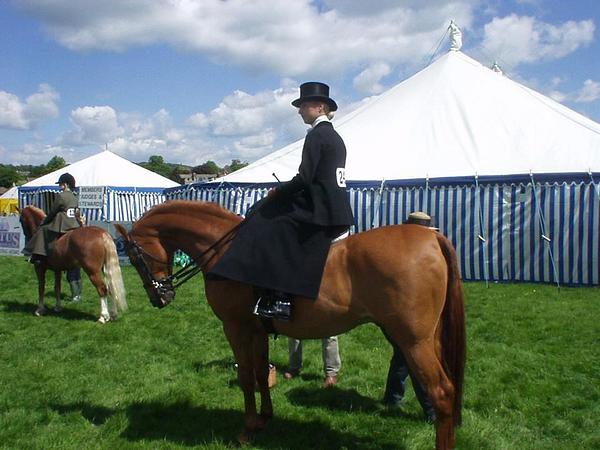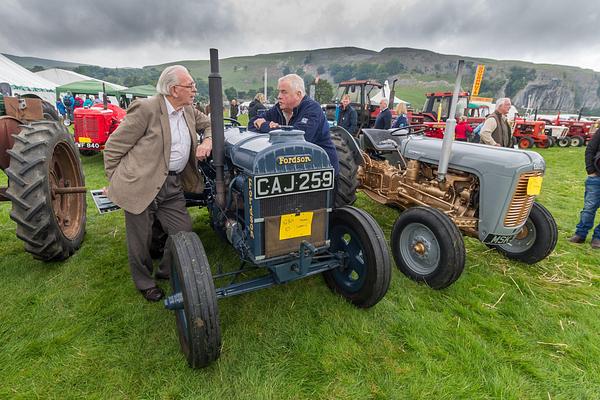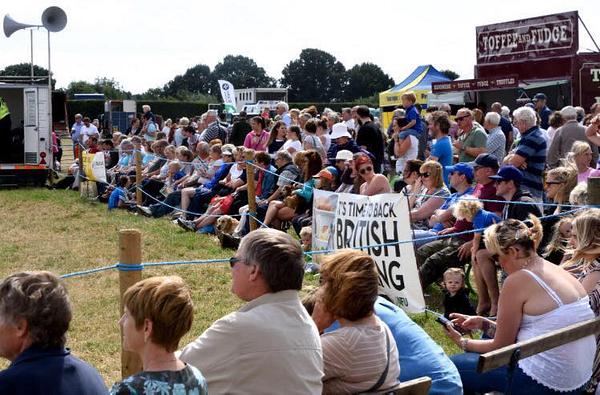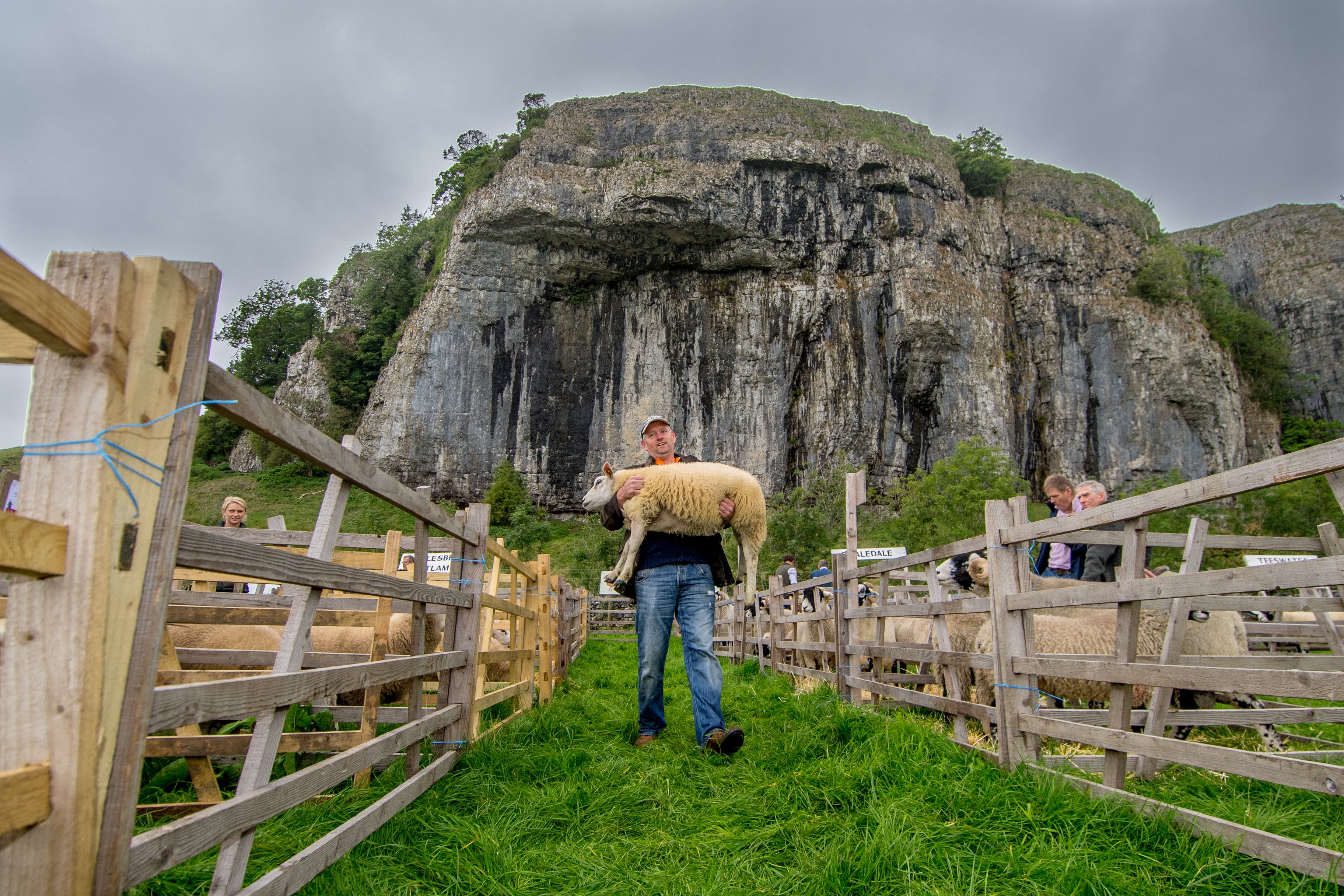
Agricultural shows are a mainstay of Yorkshire’s blossoming outdoors events calendar, but their combined value to the region’s economy has never been calculated.
With six million people visiting such events nationally, though, it’s unlikely to be a modest contribution.
But with major efforts to modernise shows through new technology, it is thought a more accurate picture of the economic worth of agricultural shows could be better calculated in future.
What’s more, a new breed of organisers keen to promote their shows through E-tickets, social media and broader family attractions in a break with tradition see agricultural shows as the optimal way of educating the wider public about country life.
Mark Stoddart is chairman of the Association of Show and Agricultural Organisations, secretary and treasurer of the Yorkshire Federation of Show Societies, and financial controller at the Yorkshire Agricultural Society, which organises the Great Yorkshire Show in Harrogate.
Speaking about the impact of the more than 60 agricultural shows in the region on the Yorkshire economy, he said: “They are providing quite substantial amounts of money into the communities.
“When you are talking about economic impact, it’s people staying in hotels and people just shopping using local shops. That’s where the economic impact comes into it.
“Most of Otley [which has just held its show] would have been sold out at the weekend, putting up judges and stewards.”
He added: “It would be helpful to look [at the economic impact] for all sorts of reasons, but exactly how it would be reached and calculated I’m not sure.”
The Great Yorkshire Show shopping list
Agricultural shows bring in huge profits
An annual report shows that the Yorkshire Agricultural Society - which puts on the Great Yorkshire Show, Countryside Live and Springtime Live - earned £4,060,227 income from agricultural shows alone in 2018.
Garry Norton, chairman of Wharfedale Agricultural Society which organises Otley Show, thinks that calculating the value of such events to Yorkshire would be easier if organisers knew the exact numbers of those that attend, which is not always the case.
A move to E-ticket booking could provide more solid data, he said, though he declares that he works for a Hull-based company which provides them.
He added: “Unless we go through a laborious process of collecting tickets and stubs, we’ve got no idea how many people come through the gate. Once everything’s done electronically, the information is there.
“If we have so many members, we don’t know how many of those members turn up at the show every year.”
Changing technology
E-ticket use is one aspect of attempts to modernise agricultural shows for a new generation.
Mr Norton said: “It’s what people want. They want to be able to access these shows through their media. That’s where the kids are going to read about it."
“Using modern media and modern technology, booking systems, is one way of getting to the younger ones. They expect it.”
Some can be resistant to change, though.
“When I’m working with other shows up and down the country, some are very negative about it,” he said.
“‘Oh we don’t want that sort of thing here, we have always sold our tickets at the corner shop down the road and we will carry on doing so’.”
But modernising is the best way to educate people about country life at a time when families are leaving rural areas.
He said: “I don’t come from a farming background, which is slightly unusual for a show chairman. I came into it because my daughter liked horses when she was eight.
“I’m quite passionate about trying to get non-farming people, non-country people and young people into this through events so we can educate them into country life.”
He suspects that over 50 per cent of people attending shows are simply families on a day out.
“Once we get them in then we can educate them about the rural economy. We have to get them through the gate in the first place,” he added.
“I’m not ashamed of the fact that we have the Atkinson Action Horses and motorbikes if that’s what it takes to get people in.”
Mr Stoddart also prizes the social aspect of the shows.
“As much as money is a lovely thing, we’ve to gee up the social side of things, the sharing of best practice.”
David Tite, chief executive of Driffield Agricultural Society, organisers of Driffield Show, added: “You hear all the time about social inclusion and the situation where there is depression in farming and in rural Britain there is suicide rates.
“This is all about getting people together.”
Covering the shows as a journalist
IT WAS a dank, drizzly May morning. Early attendees were thin on the ground and I looked on quizzically at the few cattle that were being paraded around the ring by exhibitors in white coats, trying to fathom what was going on, which class this was and whether judging had in fact got underway.
My show debut as a correspondent at Otley - reputedly the oldest one day show in the country and the traditional season opener - was a baptism of fire but a seventh show season on and it all makes a lot more sense now.
The hubbub around the show season starts in the office at the first signs of spring. Colleagues remind me that it will soon come round and, in all truth, it is the highlight of the agricultural specialist’s calendar.
For a whole day, or as much of it as editorial deadlines allow, a visit to a show is a free pass to wander around, pick up ‘colour’ and work up a bona fide angle on your story, swapping the desk for the countryside at some of the best times of the year to be outdoors.
My duties invariably start off with a visit to the show secretary’s tent for a word with the secretary and a leaf through the show programme to get my bearings and figure out where I need to be and when.
Top priorities are establishing when the supreme livestock championships are going to be judged, and the rest tends to fall into place from there
Reporting on action in the show rings can be a game of patience and one thing shows have taught me is that when a farmer says something is happening “soon”, they actually mean “sometime today”.
Standing at the ringside, notebook and show catalogue in hand and dressed a tad more business-like than your average show visitor, there have been occasions when I’ve been mistaken for some sort of show official and have been asked inquiring questions by curious spectators. “How do you pronounce Zwartbles and where are they from?” one chap asked me over at the sheep pens at Kilnsey.
Patience is key when awaiting the classes to reach the ‘business end’ in each livestock section. A bumper show entry book can mean timings run awry and then often you find yourself needing to be in two places at once - the supreme championships in say the sheep and the beef sections posing a dilemma that forces you to gamble on which will be announced first.
Any initial politeness of waiting patiently outside the ring to pounce on the winners for a chat about their victorious animals has slowly given way to getting into the ring itself for the sash presentations.
Being a reporter at a show offers liberties in terms of access, whether it’s speaking to exhibitors in the cattle tents before the public are allowed in, or gaining entry to members’ enclosures to interview show presidents or special guests.
There is nothing quite like the Great Yorkshire Show of course for sheer scale and ‘wow’ factor - as one colleague puts it, “It’s your Glastonbury”.
The pressure cranks up at the Harrogate showground, the adrenaline flows that little more readily, because of the volume of coverage demanded by the region’s three-day showpiece and sometimes the competition to get a story online to beat a competitor, but that’s what we’re in the job for.
Most years provide a chance to interview a Defra Minister - last year it was George Eustice, the year before was Michael Gove - the latter afforded a short one-to-one in the president’s pavilion, and sometimes there is the chance to shadow a royal guest. Both are a privilege.
At GYS, there are formal press conferences that you don’t get at the one-day shows. It feels like the whole industry is represented there and everyone wants to capitalise on the spotlight to get their messages across to politicians, the public or the industry at large via the media.
Like the industry representatives and exhibitors at any show, these events are chances for a journalist to meet people. A chat with a contact on a trade stand can throw up a new line for your report.
With organisers of any show so busy with making sure their event runs smoothly, a journalist could easily be seen as a nuisance but I’ve never been made to feel so. In fact, people go out of their way to help you.
I remember one particularly stretched show organiser saying “walk with me” when asking for an interview and then I struggled to keep up as I tried to write answers to his questions in my notebook while virtually hanging on his coat-tails as he zoomed off to fulfill his next duty.
After a while on the show circuit, you recognise many of the same faces returning year after year to steward and exhibit. After a cruel, unforgiving winter, you look upon those figures with new levels of respect and admiration for their commitment to supporting their local shows.
Show season puts the reporter at the heart of the local agricultural scene for the day, allows you to linger long enough to feel a part of a spectacle that is as reassuringly traditional as it is inspiring about the perseverance of farmers, who so clearly demonstrate a pride in what they do.
The history of the Great Yorkshire Show
Existential threats seem to have stalked British farming for decades. Twenty years ago, ahead of a major international conference on growing business in the countryside, a rural economy consultant warned of an agricultural crisis that threatened village life.
Back then, farm incomes had halved in real terms and were falling further, export markets had been decimated because of BSE restrictions and European Union reform was poised to cut support prices for virtually all UK produce.
“Those remaining in farming will have to achieve even greater efficiencies if they are to remain competitive. Those whose farming businesses cannot meet the demands for change will need to adapt and develop new ways to survive,” Brian Angell of industry consultants ADAS warned.
Similar messages are echoing through the industry now as Britain prepares for the uncertain impacts of an EU exit.
There is no hiding that the farming industry has consolidated since 1999 - there are fewer individual farm holdings - but adapt and survive the sector has; all despite the ravages of the 2001 foot and mouth crisis and periods of rock bottom farmgate prices, particularly for dairy products.
Despite those horrors, British agriculture is today part of a wider food and farming industry in the UK that is worth around £108bn to the national economy and provides more than 3.5 million jobs, and it is through the country’s still flourishing programme of agricultural shows each year that the industry’s success and challenges are highlighted, not least in Yorkshire by the Great Yorkshire Show, held annually over three days in July at the Yorkshire Agricultural Society’s showground in Harrogate.
First held in 1838 - the year of Queen Victoria’s coronation - it was the brainchild of a group of leading agriculturalists, led by the third Earl Spencer, who met a year earlier at York’s Black Swan Hotel in York to discuss the future of the farming industry.
From those talks, the Yorkshire Agricultural Society was formed with the aim of improving and developing agriculture and organising an annual agricultural show.
The very first Great Yorkshire Show was held in the Barrack Yard of the 5th Dragoons at Fulford, York.
Like other shows of the time, the Great Yorkshire was then held at different showgrounds around the county from year to year.
The first attendance figures were taken in 1842, when 6,044 visitors were recorded, proof then that the concept was captivating a public audience and providing a platform for farmers to promote their produce and livestock.
It was not until 1950 that a decision was made to build a permanent showground, following decades of the show appearing in 30 towns across Yorkshire’s then three ridings. Today’s Harrogate site was purchased for £16,500 and its layout and facilities then would set the standard for other shows to aspire to.
In 1992, the society embarked upon an ambitious £10m re-development of the showground and since 2002, attendances at the Great Yorkshire Shown have never fallen below 120,000.
Visitor number now regularly top 130,000 and for good reason.
Some 8,500 animals feature every year, allowing the very finest livestock reared across Britain to be showcased. The show hosts national cattle competitions and one of the finest show jumping competitions in the country, the Cock O’The North, and regularly attracts royal visitors, including The Queen to mark the 150th show in 2008.
The 161st Great Yorkshire Show is due to take place on July 9 to July 11, an event that will once again prove the enduring might of an industry that refuses to submit to whatever crises threaten to undermine its continued importance to the economy and the rural way of life.
The power of volunteers
For Nicholas Hoyland, running Penistone Agricultural Show is in the blood.
Generations of his family before him have played a part in what he sees as the ultimate show of pride in his South Yorkshire community.
Now 48, Mr Hoyland joined the committee of Penistone Agricultural Society aged just 14 and progressed to press secretary, then operations, before becoming assistant show manager aged just 20, and at 22 he was running the show.
He’s one of the legions of volunteers that make the various agricultural showcases in Yorkshire possible.
Looking back to the early 1980s, he said: “I was in the Young Farmers and my family was already involved with the show.
“There was a social side to it with people my age group.”
Although Mr Hoyland is an engineer by trade, his favourite part of his show manager role is introducing people to rural life.
“It’s surprising how many people who live in farming areas but don’t understand what a round bale is.”
Encouraging, though, is the number of young people taking active roles in the society.
“We’ve got a committee of 50 members and around 16 of them are under the age of 25,” he said. “We’ve got young families that have come through.”
The whole show committee, along with its helpers and stewards, is voluntary.
And their labour of love has proved successful, with high attendances in recent years.
Mr Hoyland said: “The show has grown and grown and gone from strength to strength.
“When I first got involved, the show site, including car parking, was 28 acres.
“It’s gone up to nearly 60 acres. The show has grown in size as well as popularity.”
In 2012, a rainy year which blighted some shows in the region, Penistone boasted a record attendance of 28,000 compared to its average of 10,000 to 15,000.
Mr Hoyland’s great-great-grandfather, James Wood, was the society secretary in 1853.
His grandfather Eric Hoyland was president and now, his dad Peter is the show’s operations manager, while niece Ellena is in charge of the food hall.
Mark Stoddart, secretary and treasurer of the Yorkshire Federation of Show Societies, is amazed by the work of volunteers in the region.
“Stewards will book their holidays around the Great Yorkshire Show so they can work it, it’s amazing. Taking holidays off their normal jobs to do it. They love to be involved.”
Driffield Agricultural Society chief executive David Tite said: “Absolutely, we are an industry that relies on the volunteer base and they’re really important to us.”
Shows across Yorkshire
There are so many agriculture shows to choose from across the county. Take your pick...
Photographs courtesy of: Getty Images, Shutterstock, Facebook and the Yorkshire Post photographers.

